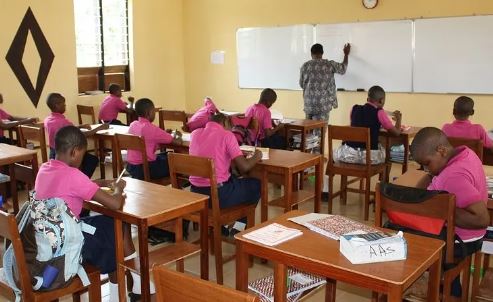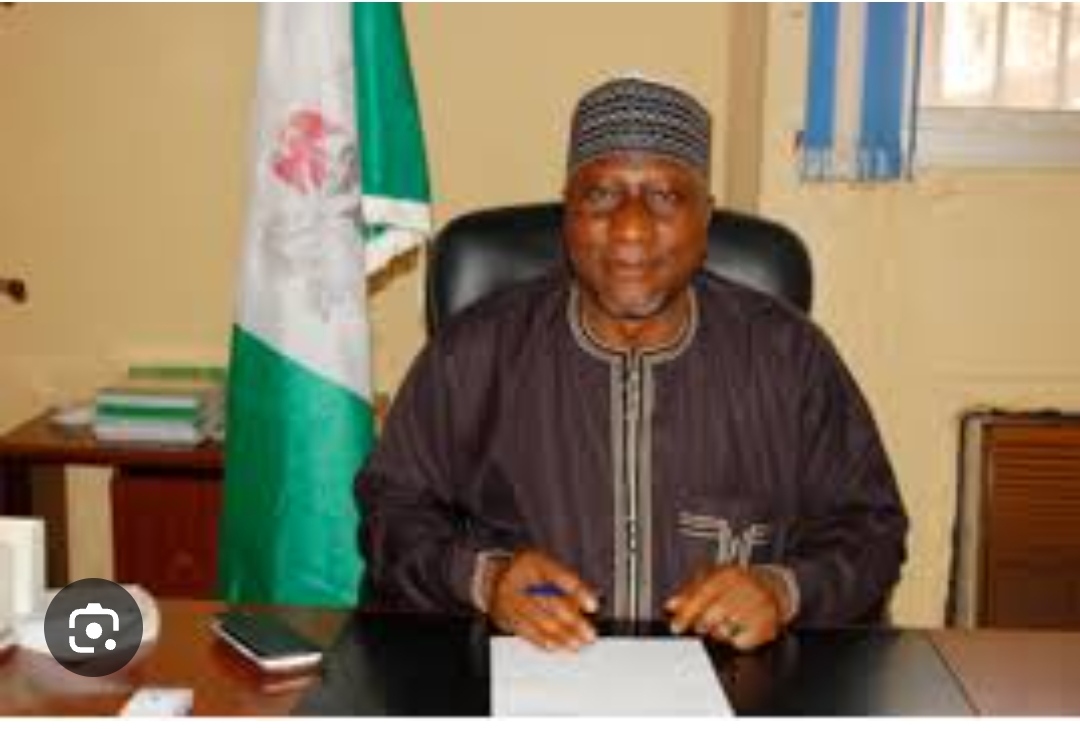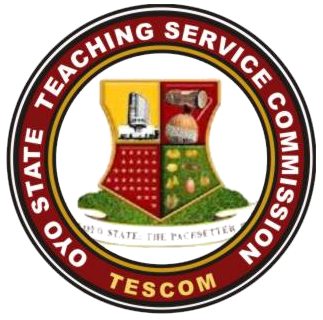In a bid to assess the condition of the infrastructure of schools in Nigeria, from primary to tertiary level, President Bola Tinubu has approved an extensive census to be taken. The stocktaking includes ascertaining the number of teachers, their qualifications, training support received, and all students. For Nigeria to be relevant in the digital age, the President must make the overhauling seamless.
Not only will this ensure that authentic data is taken, but it will also engender proper planning.
The Presidency said the move is meant to “comprehensively overhaul the education sector to improve learning and skill development, increase enrolment, and ensure the academic security of the nation’s children.” This is a sound policy.
The data collection, the Presidency noted, would provide data on gender ratio (boys and girls), their specific learning needs, and who is in school or who has dropped out based on daily monitoring with year-by-year reporting. These plans must involve a critical examination of the influence of insecurity on school dropouts and the degradation of infrastructure.
A UNICEF report stated that one in five out-of-school children in the world are in Nigeria. This totals 10.2 million out-of-school children at the primary level and 8.1 million at the junior secondary level. UNESCO estimates the figure at 20.2 million, the second highest out-of-school data in the world behind India’s. This is a shame. There can be no real development with a largely uneducated citizenry.
The education system faces a myriad of challenges that hinder its effectiveness and impact. One of the primary challenges is inadequate funding, which results in a lack of resources, including textbooks, teaching materials, and infrastructure. This has affected the quality of education and the learning environment, making it difficult for students to receive a well-rounded education.
Additionally, the quality of education is a concern. There is a shortage of qualified teachers, particularly in rural areas, and many existing teachers are poorly trained. This affects the quality of instruction and ultimately the learning outcomes for students.
In the 2022-2023 Universal Basic Education Commission National Personnel Audit report, the commission said there is a shortage of 194,876 teachers in public primary schools across the country. In 2022, the National Universities Commission said there were 100,000 faculties attending to 2.1 million undergraduates. Comparatively, there were 16,000 staff and faculty, including 2,400 professors, lecturers, and instructors at Harvard as of then.
Furthermore, the curriculum used in Nigerian public schools is often outdated and not aligned with the needs of a modern economy, leading a mismatch between the skills students acquire and the demands of the job market. Thus, public education in Nigeria is unable to meet up with global standards.
Sweden has been ranked as having the best well-developed public education system. This is followed by Finland, Denmark, Germany, Canada, the United Kingdom, Norway, Japan, Switzerland, and the Netherlands, according to the United States News and Report ranking. These rankings were based on the quality of their primary and secondary education, the number of international students enrolled, the employability of graduates, and the level of investment committed to the sector.
It is not too late for Nigeria to meet up, but Nigeria requires a proper blueprint to ensure that teachers’ shortage is curbed through adequate training that will allow for the best hands to be employed in the sector. Teachers’ welfare should be prioritised, and they should also be trained in digital skills to facilitate the use of technology in classrooms.
With data availability, the government needs to engage stakeholders to upgrade school infrastructure, provide necessary materials and modern facilities, and ensure students’ safety.












